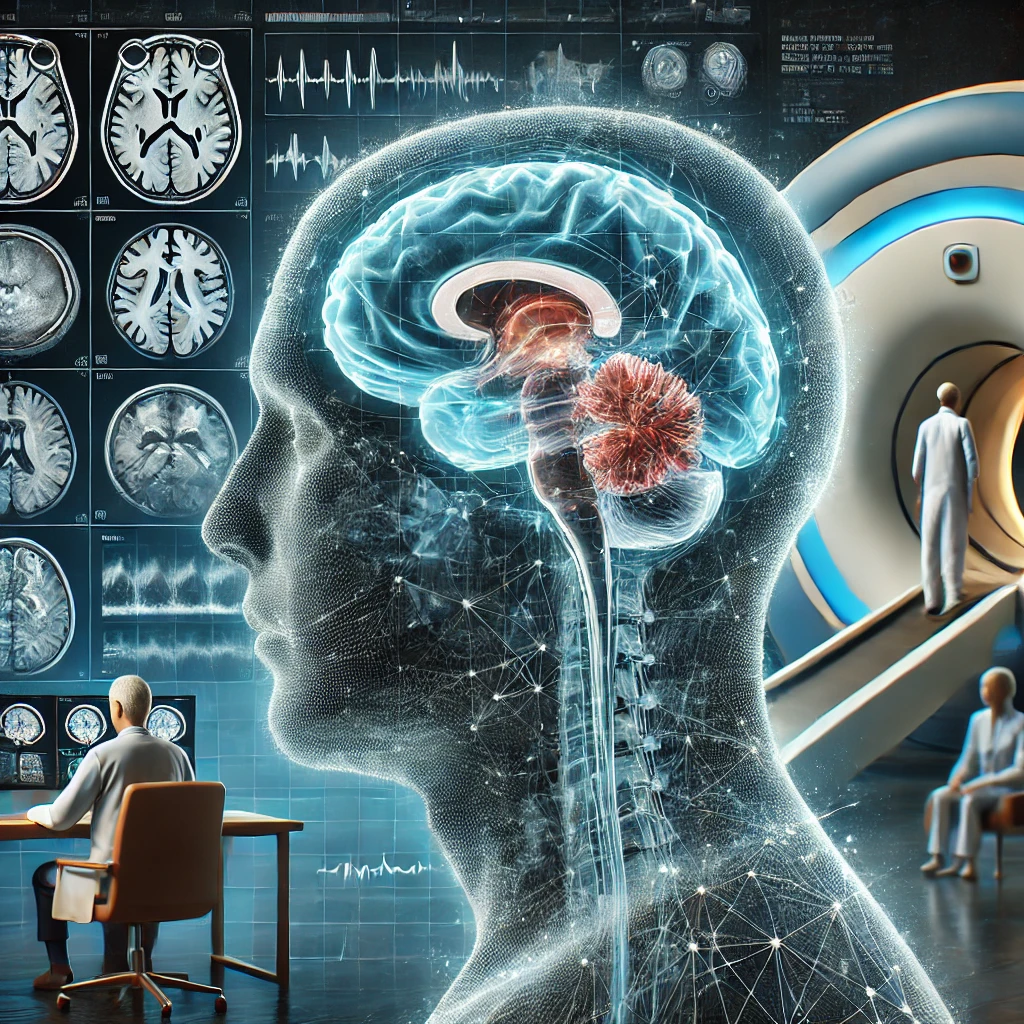What Is Brain Scanning Used To Do?
Article Source: Google Books - Neuroimaging

Why you should care
Neuroimaging gives doctors and scientists a way to look inside the brain without surgery. This helps in understanding how the brain works and diagnosing diseases like Alzheimer's or mental health disorders. As the technology gets better, neuroimaging could help us detect problems even earlier and treat conditions more effectively.
Answering the question… What Is Brain Scanning Used To Do?
Neuroimaging is a method used to study both the structure and function of the brain. Doctors use it to spot things like brain tumors or detect damage after strokes. Researchers rely on neuroimaging to study how the brain behaves during activities, such as thinking, solving puzzles, or reacting to emotions. It can also help diagnose mental health conditions by identifying abnormalities in brain activity.
How was the study done?
The study focused on different types of imaging techniques like MRI, fMRI, and PET scans. Researchers collected data from clinical case studies, and patients with various neurological conditions were scanned during different tasks. They measured brain activity by tracking oxygen use, blood flow, and neural connections. The combination of lab studies and patient observations helped to build a better picture of how different brain regions are connected and operate under specific conditions.
What was discovered?
- Accurate Disease Diagnosis: MRI scans have been shown to identify Alzheimer's disease up to 15 years before symptoms become noticeable, giving doctors a significant window for early intervention.
- Real-Time Brain Mapping: Functional MRI (fMRI) helped researchers map how the brain processes information in real-time. For instance, the brain’s visual cortex responds within 50 milliseconds after seeing an image.
- Mental Health Insight: PET scans have revealed that people suffering from depression show up to 30% reduced activity in certain brain regions, like the prefrontal cortex, giving clues to how mental health disorders might manifest in the brain.
- Brain Plasticity: After brain injuries, neuroimaging demonstrated that adjacent brain areas can take over damaged functions, showing 10-15% growth in these regions, which contributes to recovery.
- Earlier Detection of Stroke and Trauma: The use of neuroimaging in stroke patients improved recovery by providing 20% better outcomes when intervention was based on early scans, compared to those identified through traditional methods.
Why does it matter?
Neuroimaging is revolutionizing medicine by allowing scientists to better understand the brain and how it works. It is already helping doctors diagnose diseases earlier, which leads to more effective treatments. As imaging technologies become even more precise, neuroimaging could potentially unlock the secrets of more neurological and psychological conditions, helping millions of people worldwide.
For more detailed insights, visit the full article here.
